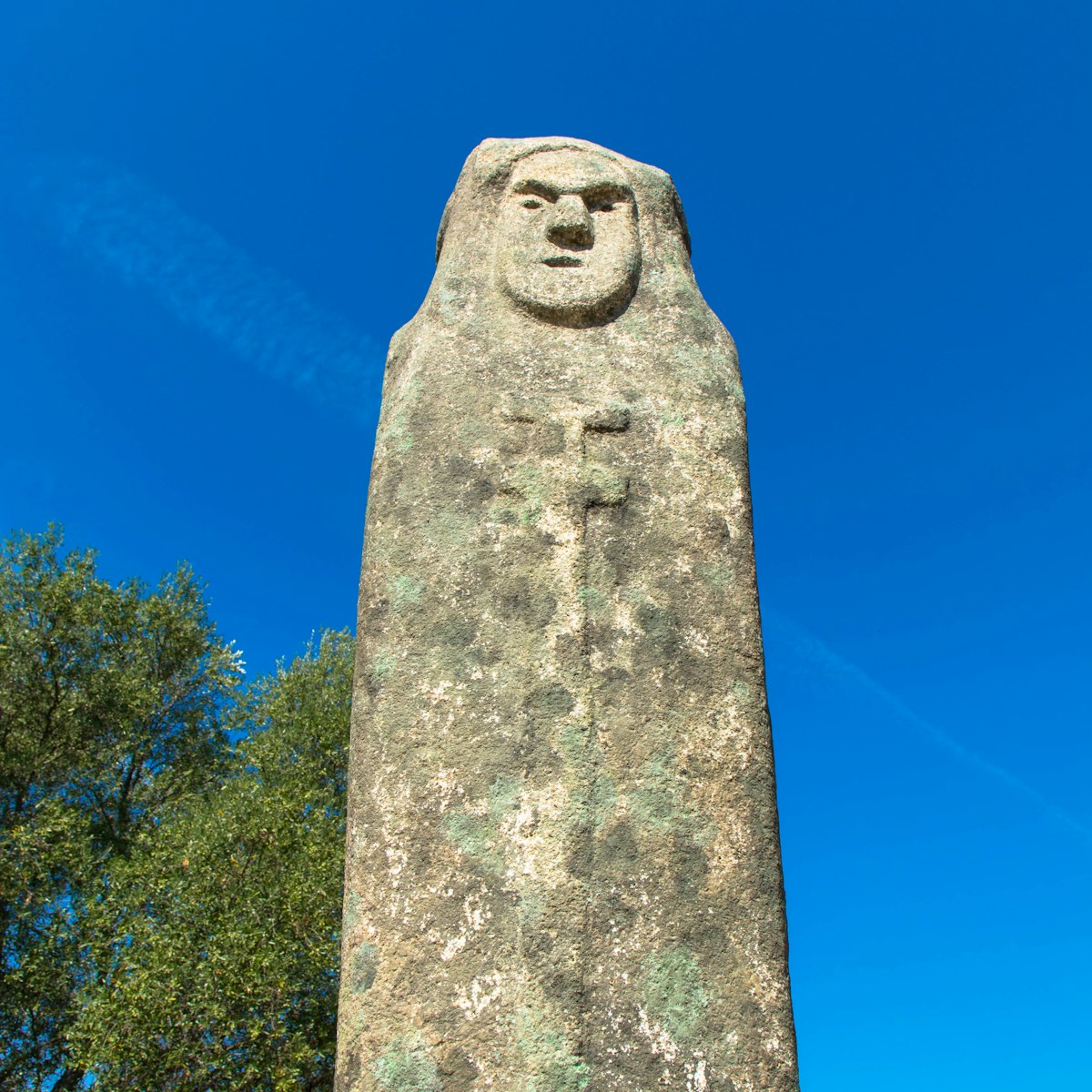The great joy of visiting Bonifacio lies in strolling the tangled medieval lanes of the citadel. The paved steps of montée du Rastello and montée St-Roch lead up from the marina to its old gateway, the Porte de Gênes, complete with an original 16th-century drawbridge. Immediately inside, the Bastion de l’Étendard was the main stronghold of the fortified town. Built to hold heavy artillery, it now houses a small museum, and provides access to the ramparts, which offer jaw-dropping views.
Several of the town’s streets are spanned by arched aqueducts, designed to collect rainwater to fill the communal cistern opposite Église Ste-Marie Majeure. On the southern side of the citadel, the Escalier du Roi d’Aragon cuts down the cliff-face.
Bonifacio doesn’t fill the entire headland. Just beyond the old core as you head west, beyond the Gothic Église Ste-Dominique and massive defunct barracks, you come to an eerily quiet marine cemetery. At the western tip of the peninsula, an underground passage dug during WWII leads down to a ‘window’ cut into the rock just 12m above the sea, at a rudder-shaped rock formation known as the Gouvernail de la Corse.





